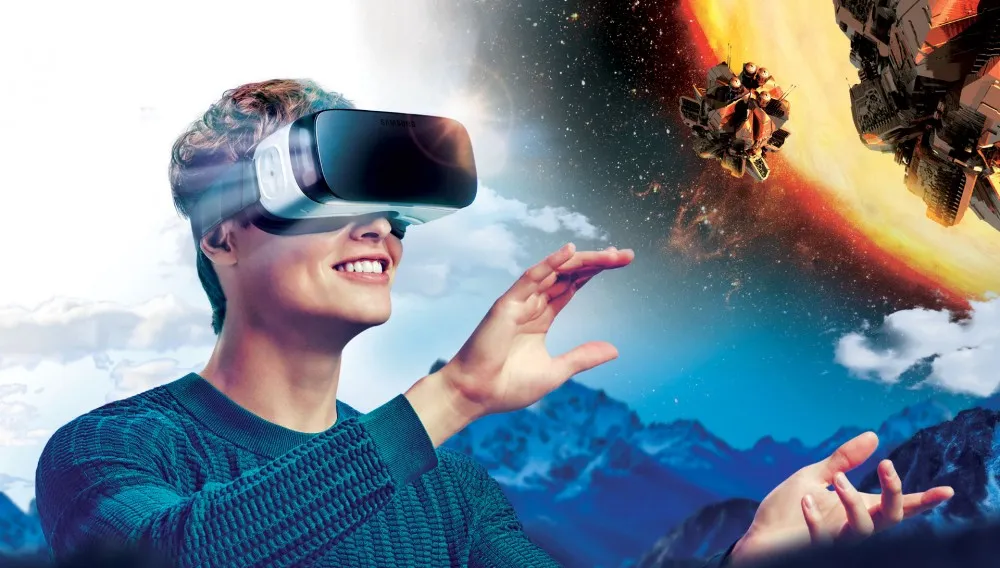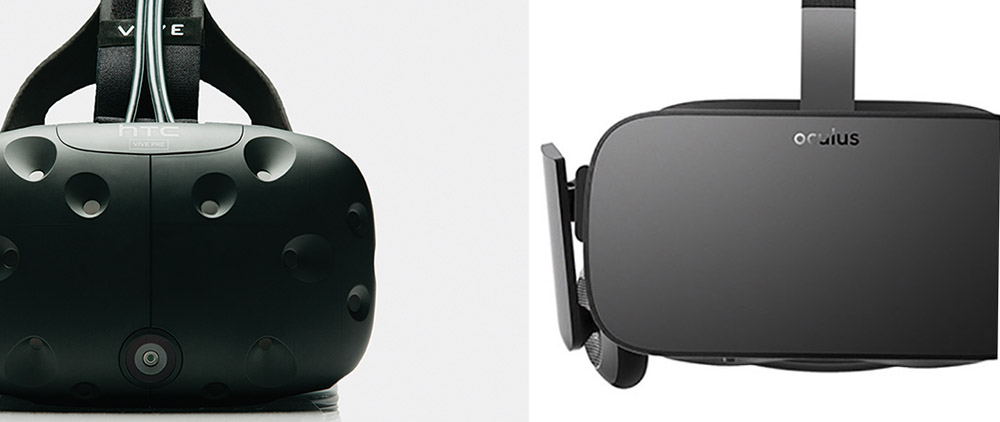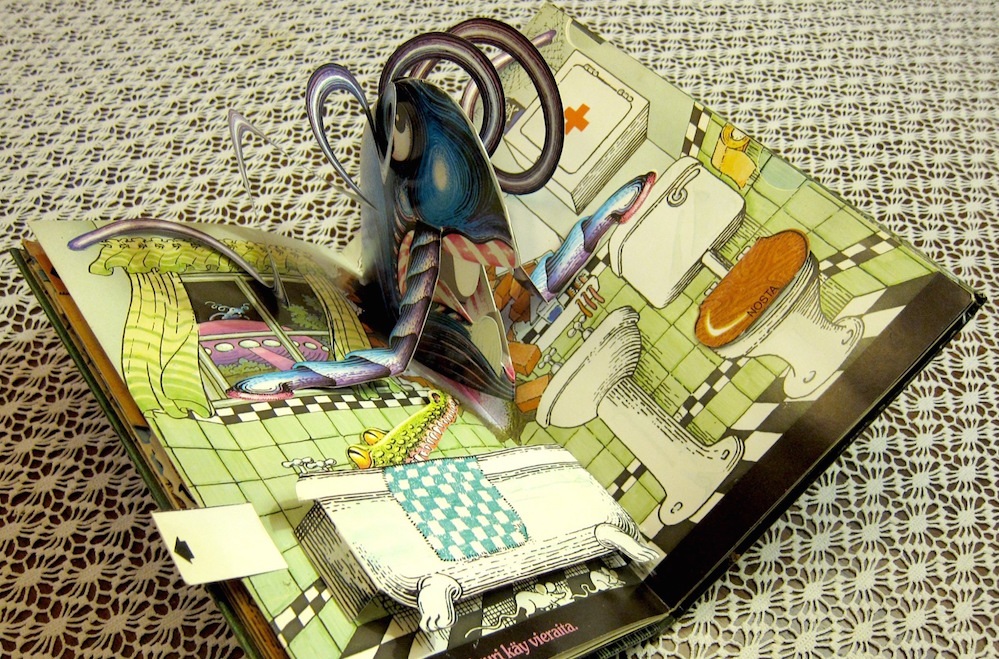“FlashBack: Immersive Virtual Reality on Mobile Devices via Rendering Memoization”
This is the title of an extremely complicated and highly detailed research paper recently published by Kevin Boos (Rice University), David Chu (Microsoft Research), and Eduardo Cuervo (Microsoft Research). The 13 page study outlines a process by which mobile VR headsets such as the Samsung Gear VR and Google Cardboard, might compete with their more powerful tethered siblings like the Oculus Rift and the HTC Vive.
Mobile VR has a significant advantage over the Rift and Vive, most notably in terms of portability. This may seem like a small pro for a system who’s cons list includes lower resolution, weaker graphics, no positional tracking (yet), and smaller experiences overall. However, many pundits believe that VR headsets need to “cut the chord” form the juggernaut PCs required to run the Vive or Rift before the industry can truly rise to a state of widespread adoption.
Enter, FlashBack. A software solution that claims to take the typical hardware constraints of mobile VR headsets out of the equation and allow them to run just as impressively as their tethered counterparts. FlashBack is a highly technical product. Bold readers can attempt to understand its function by reading this official excerpt from the paper’s abstract:
“FLASHBACK is an unorthodox design point for HMD VR that eschews all real-time scene rendering. Instead, FLASHBACK aggressively precomputes and caches all possible images that a VR user might encounter. FLASHBACK memoizes costly rendering effort in an offline step to build a cache full of panoramic images. During runtime, FLASHBACK constructs and maintains a hierarchical storage cache index to quickly lookup images that the user should be seeing. On a cache miss, FLASHBACK uses fast approximations of the correct image while concurrently fetching more closely-matching entries from its cache for future requests. Moreover, FLASHBACK not only works for static scenes, but also for dynamic scenes with moving and animated objects.”
For the rest of you, I’ll be employing the tried and true Star Trek method of explaining a complicated technical or scientific idea through the use of a simplified metaphor. Here goes.
Say a VR experience is like a children’s book with lots of beautiful illustrations. For a traditional headset like the Oculus Rift, the PC that it is tethered to will use its GPU to “draw” each illustration in real time as you turn the pages. Flashback, on the other hand, stores fully drawn pages in advance and then simply loads them up when you reach the appropriate page.
On some level, this removes the need for a high end GPU at all to power a robust VR experience and may lead to a world where mobile VR headsets can function just as well as the tethered powerhouses we have today.
The results in the short term are impressive. According to the paper, FlashBack delivers results on a mobile headset that represent an “8x improvement in frame rate, 97x reduction in energy consumption per frame, and 15x latency reduction compared to a locally-rendered mobile VR setup.”
FlashBack’s creators even claim to have witnessed mobile VR experiences running with “even better frame rates and responsiveness than a tethered HMD configuration on graphically complex scenes.”
For a different approach to mobile VR, you can see our guide to streaming PC-powered VR experiences to your smartphone here. And you can learn more by reading the full report.




























